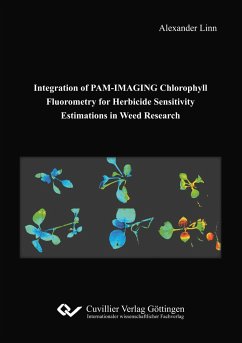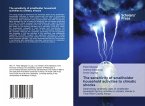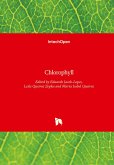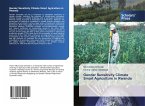Fast in-field herbicide resistance detection is a key requirement for future herbicide resistance management, yet secure and rapid herbicide resistance tests are still missing. Chlorophyll fluorescence and chlorophyll fluorescence ratios can be very sensitive to changes in plant health status. Recent studies have demonstrated the potential of chlorophyll fluorescence measurements to evaluate the herbicide impact on crops and weeds. The fluorescence ratio Fv/Fm quantifies the maximum quantum efficiency of photosystem II (Fv/Fm) and indicates reliably plant health status. Hitherto, research on herbicide resistance detection via the Fv/Fm value have concentrated on Alopecurus myosuroides Huds. Investigations concerning herbicide resistance detection in other important weed species, both monocotyledonous as well as dicotyledonous, have not been carried out to a large extent. This work addresses the apparent gap in knowledge by four lines of research.
Hinweis: Dieser Artikel kann nur an eine deutsche Lieferadresse ausgeliefert werden.
Hinweis: Dieser Artikel kann nur an eine deutsche Lieferadresse ausgeliefert werden.








